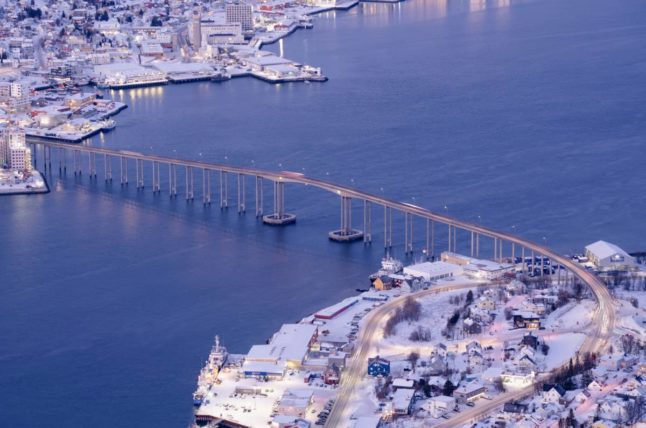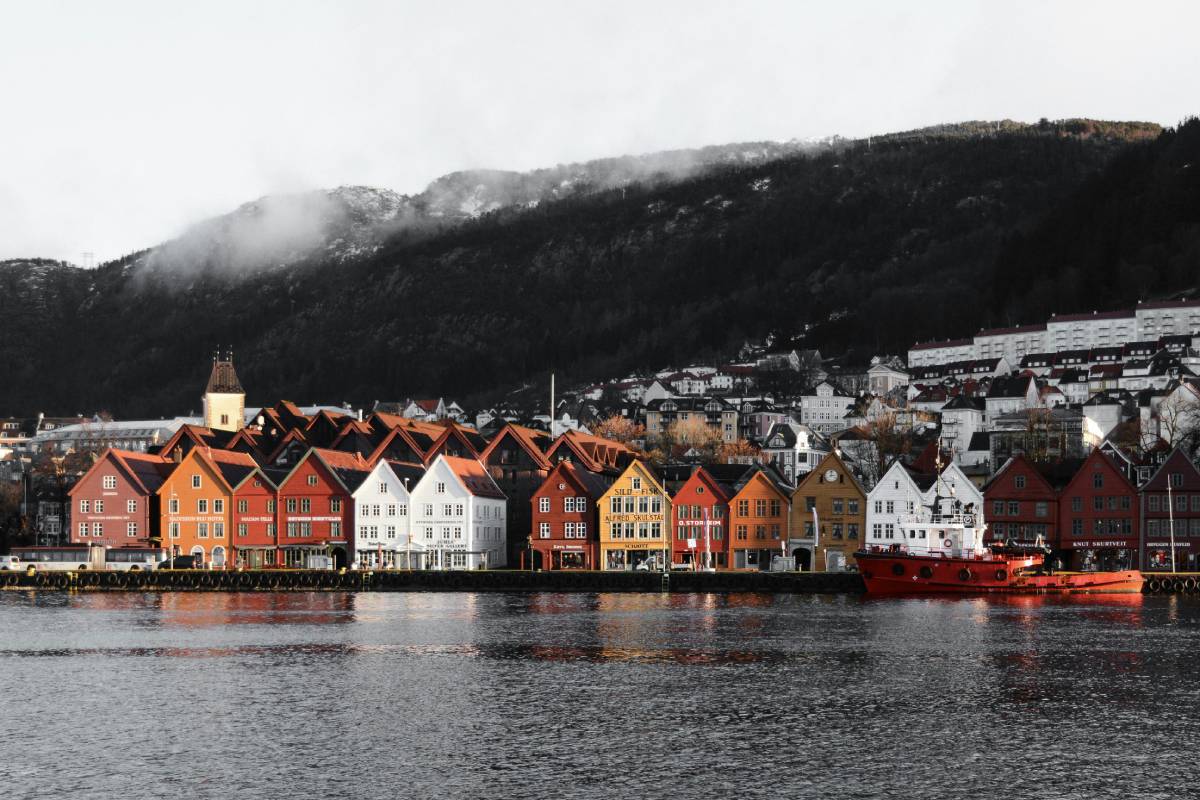Norway has an excellent reputation for offering some of the best-paid jobs in Europe, on top of a generous welfare state, strict labour laws, and vigorous trade unions. Around 50,000 foreigners typically decide to move to Norway each year, many in search of better job prospects.
The fact that the country is home to many successful companies in industries such as oil and gas, maritime, seafood, and technology also attracts skilled workers looking for job opportunities.
According to the most recent figures published by Statistics Norway, the national statistics bureau, 68.9 percent of the country’s 497,977 immigrants aged 20-66 years were employed in 2022.
In this article, we will look at the professions that these immigrants end up working in, as well as how they compare to the figures for the non-immigrant population.
Top professions among immigrants in Norway
The statistics for 2022 show that most immigrants in Norway worked as service and sales workers (23.6 percent). In the non-immigrant population, the share amounted to 18.1 percent.
Professionals were in second place, with a share of 18.4 percent (compared to 28.9 percent among non-immigrants), followed by immigrants working in elementary occupations (12.1 percent vs 2.6 percent in the non-immigrant population aged 20-66) and craft and related trade workers (11.9 percent vs 7.1 percent among non-migrants).
Technicians and associate professionals and workers in the armed forces ended up in fifth place (9.4 percent), while the share of workers in this occupation among non-immigrants ended up at 16.3 percent in 2022.
Plant and machine operators and assemblers were in a close sixth place with a share of 8.5 percent (compared to 5.4 percent in the non-immigrant population), followed by clerical support workers (5.8 percent vs 6.2 percent among non-immigrants) and skilled agricultural, forestry and fishery workers (0.8 percent compared to 0.6 percent in the non-immigrant segment).
Most represented immigrants in the Norwegian workforce
In absolute figures, according to country of birth, there were most immigrants from Poland (74,042), Lithuania (29,958), Sweden (25,328), Germany (16,692), the Philippines (16,835), Thailand (14,951) and Eritrea (14,480) in the Norwegian workforce in the fourth quarter of 2022.
Other notable groups include immigrants from Syria, Pakistan, Iraq, Iran, Somalia, Russia, Romania, the UK, Latvia, Denmark and Bosnia and Herzegovina.




 Please whitelist us to continue reading.
Please whitelist us to continue reading.
Member comments